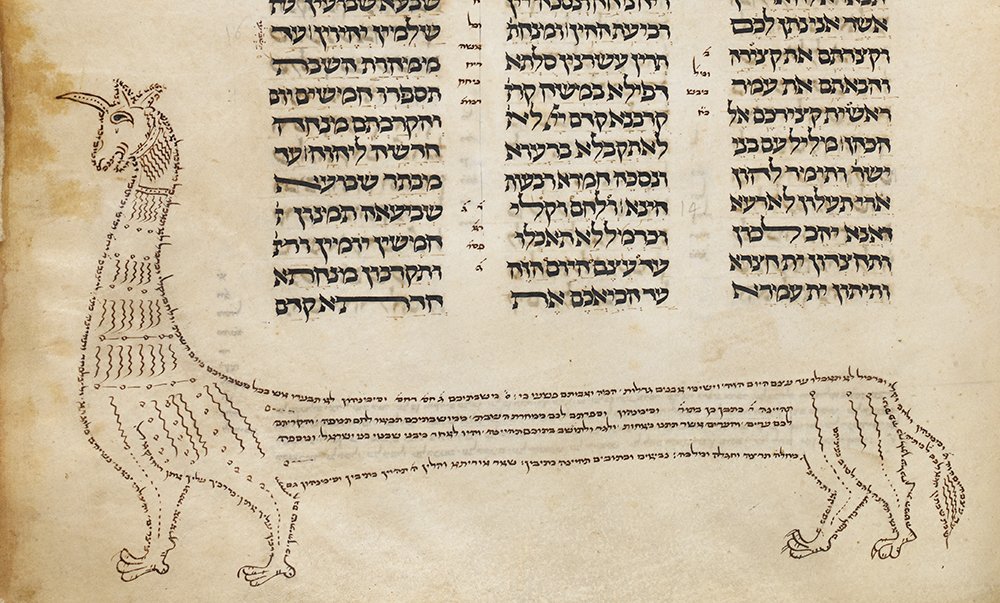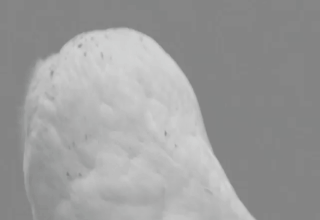Quirky History: Micrography, or Minuscule Medieval Images Drawn with Letters
Whenever we here at Quirk Books think we have found everything there is to discover about the weird and wonderful world of medieval manuscripts, something new always pops up and takes us by surprise. This time, what came at us out of left field was the incredible art form of micrography.
Micrography is an art form unique to Judaism that developed during the Middle Ages. Here, reading, writing, and imagery come together in one. It is similar to the calligram, which is when you use words to create an image.

What makes micrography different from calligrams is that the words used in micrography actually carry meaning. In other words, micrography are images that you can read and makes sense of.
Even though micrography and calligrams are not the same, micrography did develop out of the idea of the calligram. Just as in Islam, Judaism doesn’t allow religious imagery. Micrography developed as a way of getting around this ruling and add decorations to sacred texts in spite of it.
Micrography as an art form developed first in Egypt and Palestine in the seventh and eighth centuries C.E. During the course of the Middle Ages, micrography spread across Europe and the Middle East through the Jewish diaspora. This carpet page, for example, is from Yemen and has been dated to the year 1469.

(Source: British Library, MS Oriental 2348)
Micrography was a commonly occurring art form until after the fifteenth century, when the handwritten manuscript began to be replaced by the printed book.
Micrography is written using letters that can be as small as one millimeter, or 0.04 inches. Particularly in Spain and Portugal did minuscule micrography develop as an advanced art form. Here too micrography disappeared after the fifteenth century, not so much because of the introduction of the printing press but because of the expulsion of all Jews from the Iberian Peninsula in 1492. Just look at this amazing carpet page from the Lisbon Bible, created in 1483, a mere nine years before all Jews were forced into exile.

(Source: British Library, MS Oriental 2626)
Micrography in manuscripts from northern and eastern Europe look different from those from Spain and Portugal. Where the Iberian micrography consists of tiny letters and display a strong cross-cultural influence from Islam, northern and eastern European micrography was influenced by the Gothic style and also written using larger letters.
For example, look at this image of a so-called grotesque, which is the name for a fantastical creature commonly occurring in manuscripts made in Germany, France, and England during the thirteenth and fourteenth centuries. This image displays a grotesque with its outline drawn in micrography.

(Source: British Library MS Add 21160)
If you are interested in grotesques, we have written about them before. You can read more about this amazing medieval art form here and here. And if you're interested in delving deeper into the wonderful world of micrography, check out British Library’s Hebrew Manuscripts on Twitter.

(Source: British Library, MS Add 15306)




